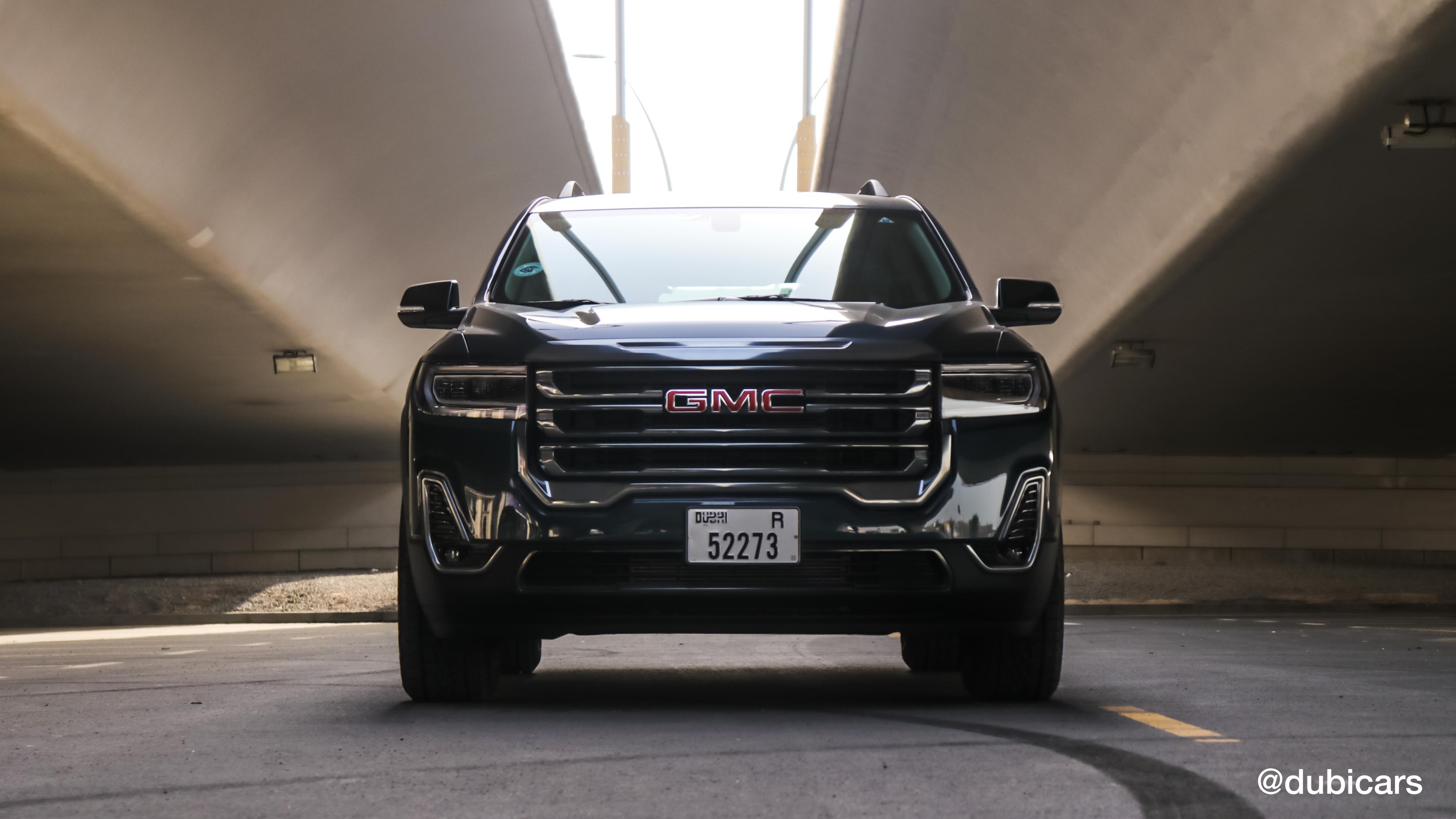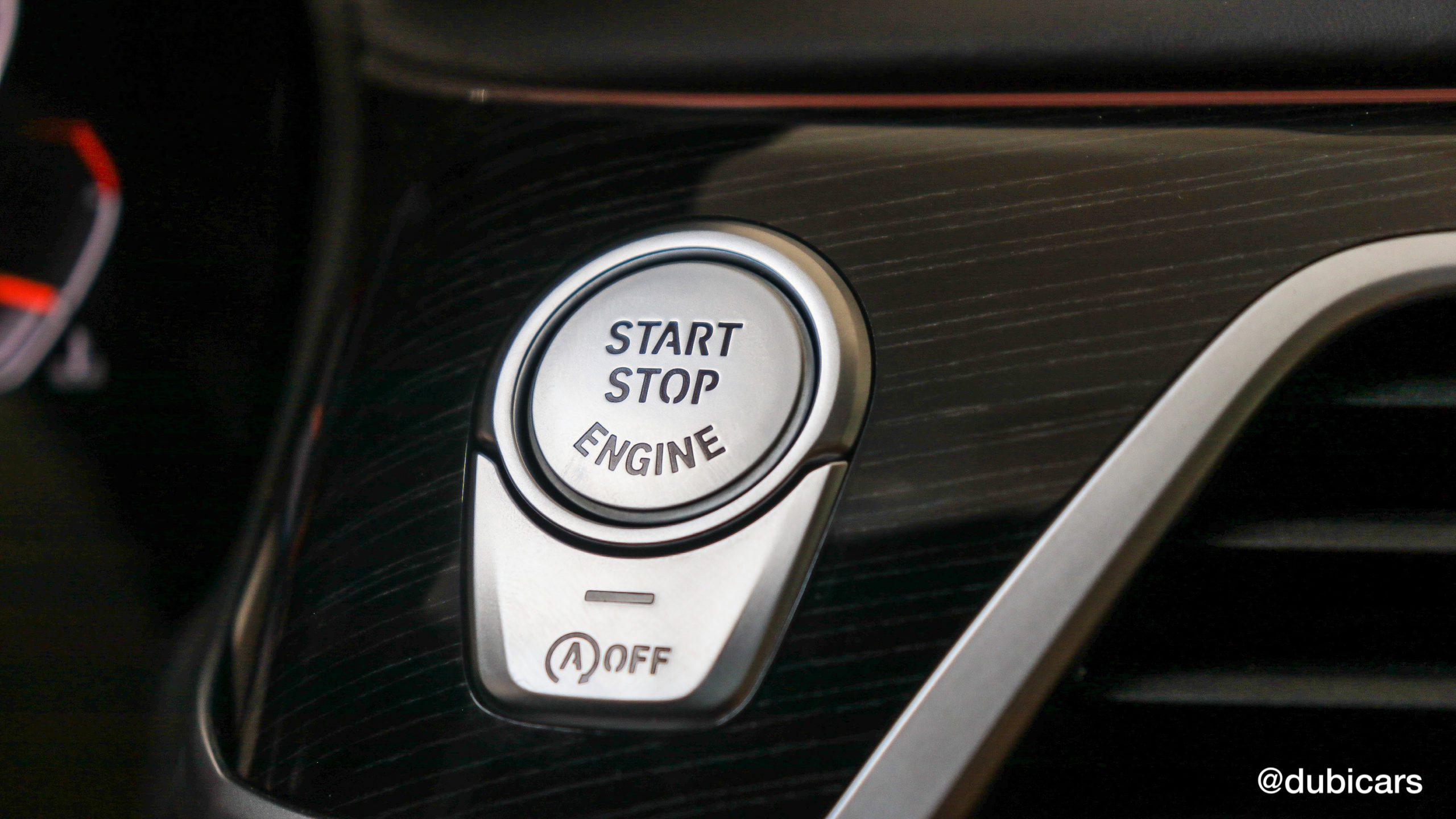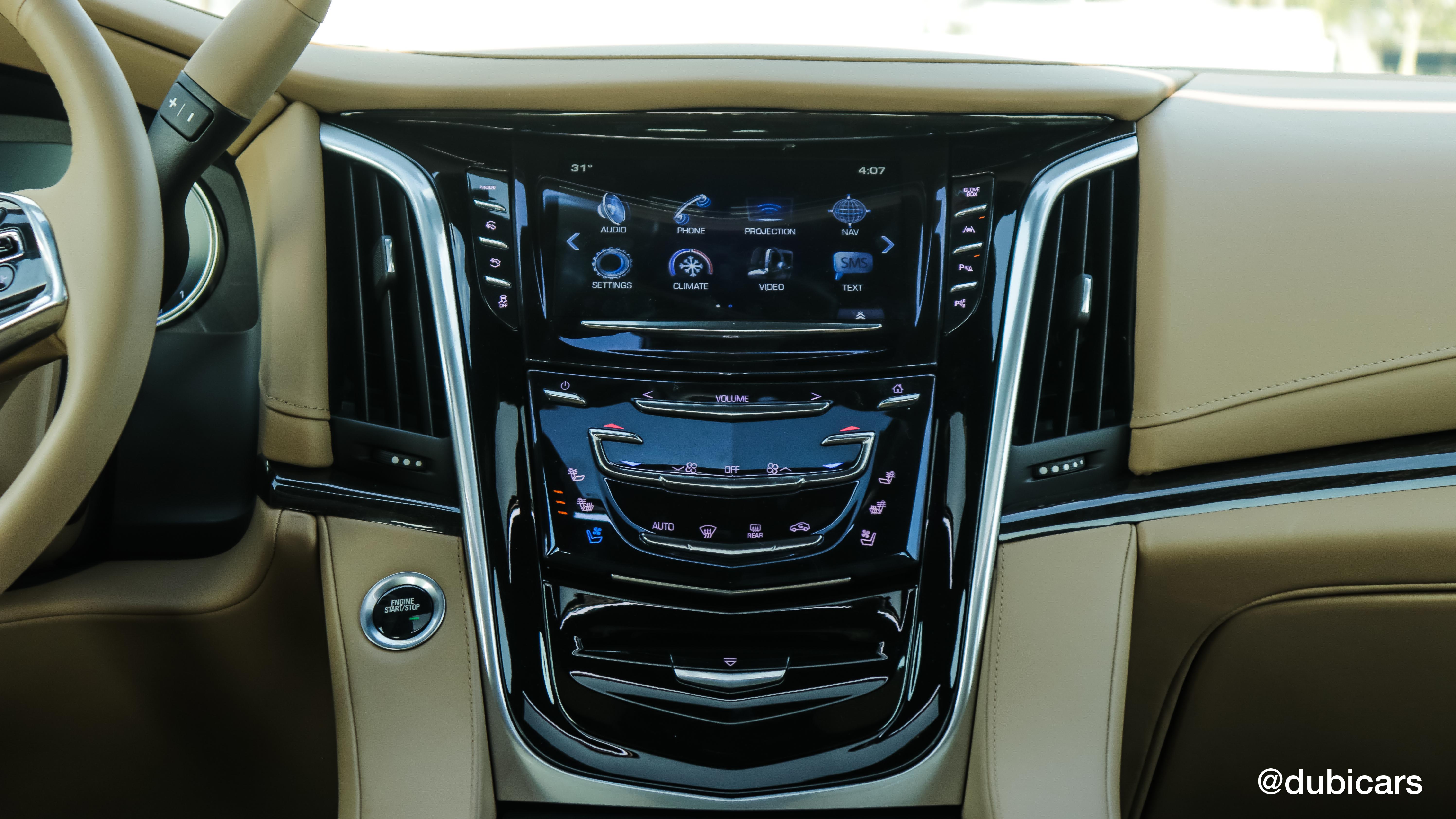Whether you’re buying a new car or a used one, you’ll want to take it out for a quick test drive to ensure that it’s the right car for you. For new vehicles, there’s not much you have to look out for, seeing how comfortable it is, the technology and how fuel-economical it is are the three highest factors when it comes to buying new.
For used cars in UAE, it’s an absolute must to test drive the car. No matter how old it is, it’s better to be safe than sorry as you never know what could go wrong later on.
Test driving a car gives you an indication of what the car feels like to drive and offers you the opportunity to look and listen for anything that doesn’t seem right.
Pro-tip; if a seller or dealer does not let you test drive the car, DO NOT BUY THE VEHICLE.
Exceptionally rare and expensive cars are not usually available for test drives due to their value. Cars that are not in the country are also hard to test drive for obvious reasons.
This guide is for buyers first and foremost. If you are selling a car in UAE, this guide will assist you in a few things you might want to check before selling.
Before you see the car
Before rushing out to test drive that used car for sale you found at a great price, do your homework and do a little research on the car/s. We recommend you look for;
- Known problems of the vehicle
- Where to get the vehicle serviced
- Where to find parts
- Reliability
- Fuel economy
Now that’s been covered, organise a time to test drive the car with the seller. Once organised, head over to the location organised and check out the car.

Before you start the engine
Before you get behind the wheel for a test drive;
- Walk around the vehicle and make sure all the lines are straight. Pay close attention to the door panels. If any part of the vehicle doesn’t lineup, the vehicle has been repaired poorly. Small dings and dents are nothing too much to worry about and are common on cars.
- Check the paintwork. While sun damage is one thing, a different shade of paint is another. If a body panel is a different colour to the rest of the vehicle, then there is a high chance it has been replaced due to an accident.
- Look underneath the car and look out for any imperfections. And by that, we mean damage or rust.
- While you are looking underneath, check for any oil stains or other leaks. It’s not much of an issue, but something to take note of.
- Check the tyres for wear and tear. Also check the date as testing centres across the UAE are very strict about tyres more than three years or older. Older tyres will need to be replaced as they are at higher risk. Don’t forget to check the spare tyre as well.
- If the tyres are worn out unevenly, the wheel alignment will have to be fixed.
- Check the tyres for any flat spots. This is a clear indication the vehicle has been sat for a while. This may also be a sign for worse things to come.
- Open and close the doors slowly. If they don’t close properly or line up with the frame, this is an indication of chassis damage or a bad repair. This is a big no-no.
- Pop the bonnet, and check the oil. Pull out the dipstick and check the colour. If the oil is clear, then there is nothing to worry about. Solid black or dark brown, the oil needs to be changed ASAP. Muddy greyish, the engine either has a cracked head or blown gasket. Both are expensive to fix.
- Check the water. If the water is oily there is an issue with the engine. If it’s low, that means the previous maintenance has been shoddy, and there could be an internal or external water leak.
- Check other fluids and make sure they are at the correct level.
The last three obviously aren’t relevant for buying a fully electric car.

Start the engine
Now that you’ve checked the exterior of the vehicle, it’s time to start the car up and check the engine, electrics and other parts of the car.
- By far the most important thing is to check the A/C (air conditioning). Make sure it blows cold and doesn’t conk out after a few minutes of running.
- Press, click or tap any buttons you see to ensure they still work. Ones that don’t will need to fixed.
- Lift the bonnet and listen to the engine. If there is any noise out of the ordinary that isn’t the sound of the engine, there is an issue. Listen out for any rattles, squeaks or grinding noises.
- Check what comes out of the exhaust. Get someone to rev the engine a little and see what comes out. If any smoke comes out, it should be minimal and either white or light grey in colour. Black, grey or blue is not a good sign. Put a tissue over the exhaust outlet (don’t do this when it is hot). If oil stains appear, there is a problem.
The last two are not applicable for buying a used electric car.

Check the tech
You won’t find state-of-the-art tech in older cars but you will in newer cars. They are a hot commodity when testing driving a car as it can make or break a sale.
- Check the navigation works and is up-to-date. Sellers with an older car will say the vehicle has navigation, but it might not be a current version. It is very easy to get lost in the UAE when driving.
- Connect your phone via Bluetooth and check the clarity and for any pairing issues.
- Adjust the seats. Older cars will have manual seats, ensure that they can be adjusted at least on the driver’s side. Most modern cars will have electric seats, and while electric seat failures aren’t a common issue, adjust the seat in all directions.
- Window controls, you’ll need to know if they work for when it gets hot.
- Turn the infotainment system on if the car has one. No matter if it is first- or third-party turn it on and try it out.
These are all applicable to electric cars.

Time for a drive
Now that you’ve had a good look around the interior and exterior, its time to finally take the car on a test drive. Note that anyone test driving a car in the UAE will be asked for a valid driving license, and it is mandatory by law.
- Turn off the radio/infotainment system/CD player and listen out for any strange noises. Pay close attention if there is any grinding, whining, rattling, or squeaking noises. Drive in a straight line and around corners for full effect.
- If you hear a whining sound, it could be an issue with the driveshaft, differential, gearbox or tyres. The latter is an easy replacement, but the other three will need more attention.
- Stick it in reverse and reverse for 100m. If possible, reverse the car into a parking space to get a feel for rear visibility. Gives you a chance to test the rear-view cameras if the car has one.
- Stop the car without holding the steering wheel. The vehicle should stop in a straight line. Do this on an empty road with no one behind you.
- Test the handbrake, footbrake or electric brake. No matter which one, ensure they work. If you can, find an incline and apply it.
- Drive in all gears. This goes for both manual and automatic cars. If the gear changes are sluggish in an automatic or jerky in a manual, something is wrong.
- When driving, apply the brakes smoothly. Listen out for any grinding noises and make sure the brakes aren’t soft.
- Don’t be fooled by “When it gets hot it makes that noise”. This is a clear indication something is broken, and the seller doesn’t want to fix it.
All of the above is valid for an electric car.
Don’t drive recklessly. Remember the car you are test driving does not belong to you; any fines incurred during the test drive is your responsibility.

Any last tips
If you have a friend or relative whos car knowledge far exceeds yours, bring them along as they’ll be able to point out anything you missed.
In case you can’t find anyone with prior car knowledge, bring someone with you as they’ll be a second set of ears that are on your side. They will also sense if the car is a good deal as they have a different mindset and will keep you focused.
That covers everything. If you have any helpful tip you would like to share, comment below.
This is an advisory guide, while you don’t necessarily have to do everything on the list, follow it as best you can.
Are you looking to buy a new or used car? Dubicars has new cars and used cars for sale in Dubai, Sharjah, Abu Dhabi and Ajman.






